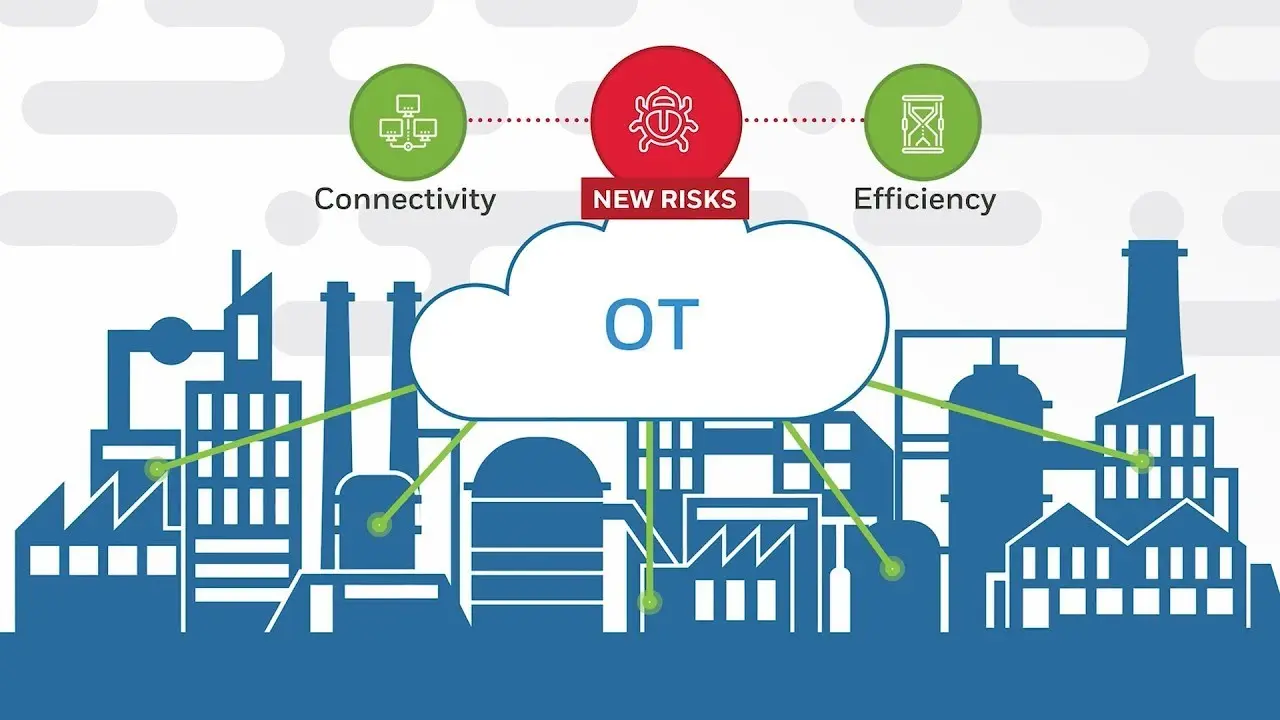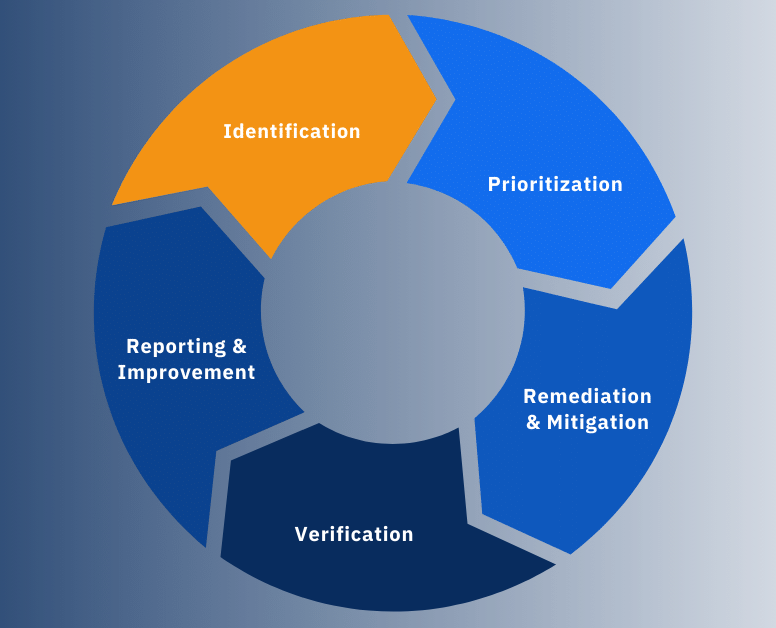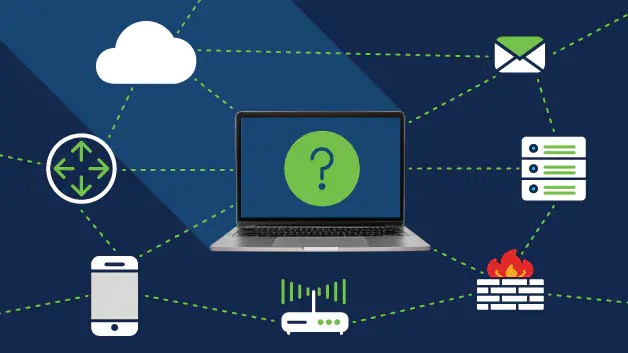Best Tools and Software for Cyber Threat Assessment in 2025
In 2025, cyber threat assessment has become a crucial aspect of protecting businesses and personal data from malicious activities. With cyber threats evolving rapidly, it's essential to utilize advanced tools and software to detect, analyze, and mitigate risks before they cause damage. Whether you are a small business owner or a large enterprise, choosing the best cyber threat assessment tools can significantly enhance your security posture and safeguard sensitive information. In this article, we will explore the top tools and software available for cyber threat assessment in 2025. 🛡️💻
1. Why Cyber Threat Assessment is Crucial in 2025 ⚠️
With the increasing frequency and sophistication of cyberattacks, businesses face a growing risk of data breaches, ransomware, and other security threats. Cyber threat assessment involves identifying, analyzing, and evaluating potential risks to an organization’s digital assets. Using the right cybersecurity tools can help businesses:
- Identify vulnerabilities: Detect potential weaknesses in your network or systems before attackers exploit them.
- Prevent data breaches: Implement proactive measures to prevent unauthorized access to sensitive information.
- Enhance incident response: Improve your ability to respond swiftly to security incidents and mitigate damage.
- Ensure compliance: Meet regulatory requirements by conducting regular threat assessments and security audits.
By integrating these tools, businesses can take a proactive stance against cyber threats and minimize the potential for security breaches. 🕵️♂️🔒
2. Top Tools and Software for Cyber Threat Assessment in 2025 🧰
Here are the best tools and software for cyber threat assessment in 2025, offering a range of features for detecting and mitigating risks:
| Tool/Software Name | Key Features | Ideal For | Pricing |
|---|---|---|---|
| Nessus | Vulnerability scanning, risk assessment, compliance checks | Businesses needing comprehensive vulnerability scans | Starts at $2,190/year |
| CrowdStrike | Advanced threat detection, real-time monitoring, endpoint protection | Organizations looking for real-time endpoint security | Custom pricing |
| Qualys | Cloud-based vulnerability management, asset discovery, compliance reporting | Enterprises needing scalable vulnerability management | Starts at $2,995/year |
| Darktrace | AI-powered threat detection, network traffic analysis, autonomous response | Businesses looking for AI-driven cybersecurity solutions | Custom pricing |
| Rapid7 InsightVM | Real-time vulnerability management, risk assessment, reporting | Mid-size businesses focusing on vulnerability management | Starts at $2,000/year |
| Tenable.io | Cloud-based vulnerability management, compliance reporting, risk prioritization | Companies needing integrated vulnerability assessment and reporting | Starts at $2,100/year |
| Splunk | Data collection and analysis, security monitoring, threat intelligence | Large businesses requiring robust data analytics and SIEM | Starts at $2,000/year |
| McAfee Total Protection | Threat detection, data encryption, web security, firewall protection | Small to medium businesses looking for comprehensive security solutions | Starts at $34.99/month |
3. How to Choose the Best Cyber Threat Assessment Tool for Your Business 🧐
Selecting the right cyber threat assessment tool depends on the specific needs and security requirements of your business. Here are some factors to consider when choosing a tool:
1. Scope of Coverage 🛡️
Ensure the tool covers a wide range of security threats, such as vulnerabilities, network traffic analysis, malware, and advanced persistent threats (APTs). A comprehensive solution can help identify all potential risks across your organization.
2. Ease of Use 🧑💻
Choose a tool with an intuitive interface and easy-to-use features. A complex tool can lead to delays and errors in your assessment process, which could compromise security.
3. Real-Time Monitoring ⏱️
Real-time threat detection is crucial for quick response and mitigation. Look for tools that offer live monitoring of networks, systems, and endpoints to identify threats as they happen.
4. Integration with Other Security Tools 🔗
Your chosen software should integrate seamlessly with other cybersecurity solutions, such as firewalls, antivirus programs, and SIEM (Security Information and Event Management) systems. This integration ensures that your threat assessment tool works efficiently alongside other security measures.
5. Cost-Effectiveness 💰
While investing in quality cybersecurity tools is essential, you need to balance cost with functionality. Choose a tool that offers the best value for your budget while providing all the necessary features to protect your organization.
4. Benefits of Using Cyber Threat Assessment Tools 🔍
Using cyber threat assessment tools can provide numerous benefits for your organization, including:
1. Proactive Security Measures ⚡
By regularly conducting threat assessments, you can identify vulnerabilities and take steps to patch them before they are exploited by cybercriminals. Proactive security reduces the likelihood of a successful attack.
2. Improved Incident Response 🚨
Cyber threat assessment tools allow your team to respond quickly and effectively to security incidents. With real-time alerts and detailed reports, you can take immediate action to mitigate damage.
3. Reduced Costs of Data Breaches 💸
The cost of a data breach can be enormous. Using threat assessment tools can help prevent breaches, saving your business from the financial and reputational damage that often follows a cyberattack.
4. Compliance with Regulations 📜
Many industries have strict cybersecurity regulations (e.g., GDPR, HIPAA). Cyber threat assessment tools can help ensure that your organization remains compliant with these regulations, avoiding penalties and legal issues.
5. Challenges in Cyber Threat Assessment and How to Overcome Them ⚠️
While cyber threat assessment tools provide significant advantages, businesses may face some challenges in implementing them effectively:
1. Integration Complexity 🔄
Integrating new threat assessment tools with existing systems can be complex. Ensure that the tool you choose has strong integration capabilities, and consider working with your IT team to streamline the process.
2. False Positives ❌
Some tools may generate false positives, leading to unnecessary alerts and wasted resources. To overcome this, choose a tool with a proven track record of accuracy and fine-tune its settings to reduce false positives.
3. Resource Intensive 🏋️♂️
Running cyber threat assessments can be resource-intensive, especially for smaller businesses. Consider cloud-based solutions that offer scalability and reduce the burden on your internal resources.
Conclusion
As cyber threats continue to evolve, cyber threat assessment tools are essential for protecting your business’s digital assets. The best tools for cyber threat assessment in 2025 offer comprehensive features, real-time monitoring, and advanced threat detection capabilities to safeguard your organization from attacks. By choosing the right tool, you can ensure that your business is prepared to handle any cyber threat that comes its way. Stay proactive, stay secure! 🔐💼




